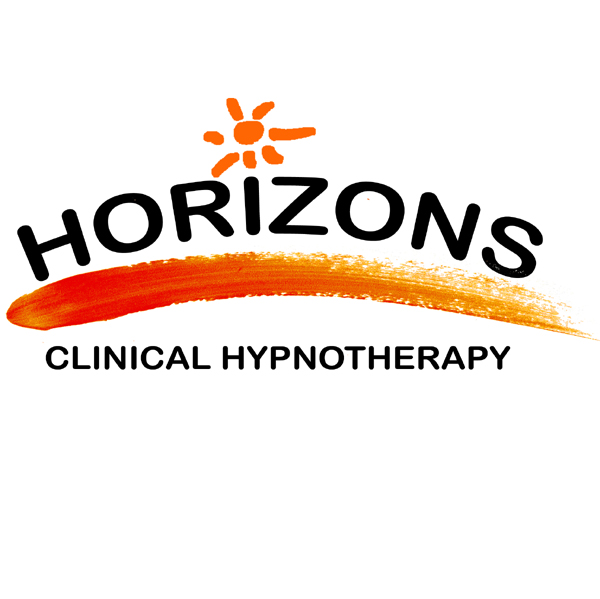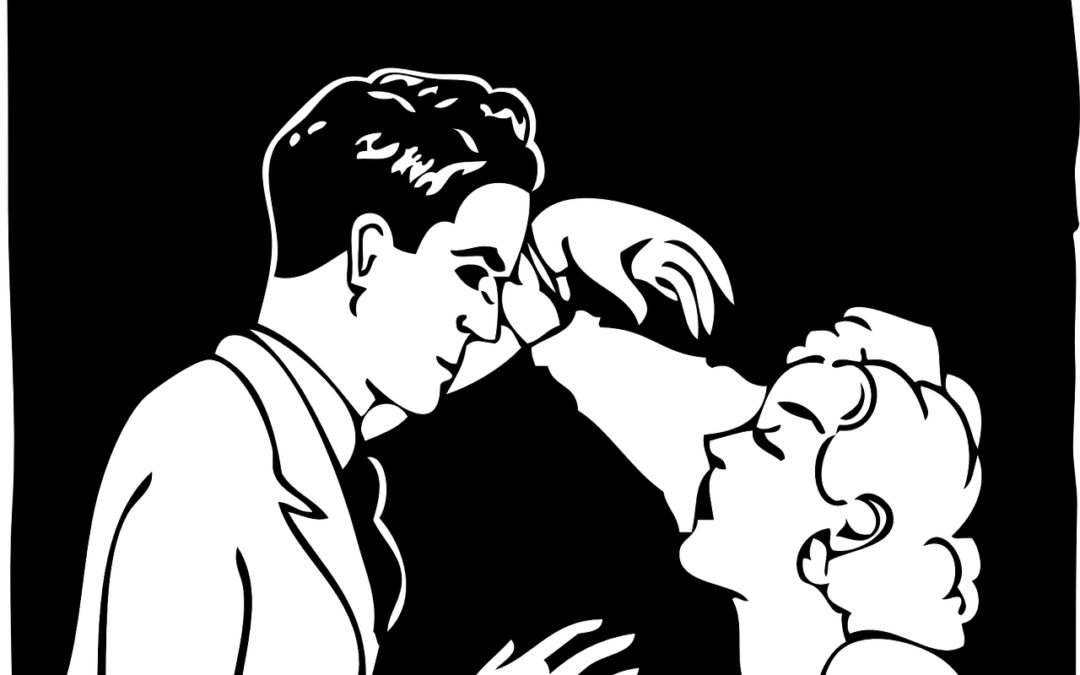Clients often ask me to differentiate between the hypnosis components of a session, and the neuro-linguistic programming (NLP). “Was that hypnosis, that last bit?” It’s difficult for me to dissect the components of a session in this way because quite often I will slide from one process into another, from hypnosis to NLP. At other times I will integrate these processes.
I conduct some of my NLP processes while the client is in trance, especially if the client is agitated or unable to focus. So my answer to this question is somewhat fluid.
Text book models
Traditionally (if there is such a thing as traditional hypnosis or NLP), hypnosis is done in a trance-like state while NLP is done in a fully conscious state. In hypnosis, I will put my client into trance and speak directly to their unconscious mind. However I can also achieve this when the client is simply relaxed. In NLP, I will appeal to the logical mind to raise awareness through challenging normal patterns of behaviour, largely through sensory channels, which is the language of the unconscious. This in effect communicates to the unconscious mind, through the logical mind. Again, NLP can be done in a trance like state. So you can see that, “Was that hypnosis?” is a tough question to answer.
Conscious or unconscious
Some clients do not believe that they were in trance because they can remember my words. This is also a misconception. Hypnosis is not about mind control, but a conversation with the unconscious mind. If you are looking for mind control, seek out a stage hypnotist. It is true that most clients cannot remember my words after a session is over. However, this does not preclude it as mind control. In session, I incorporate your own words and your own intentions to help you to heal. It is the connection between the conscious and the unconscious that I appeal to, because that is how change happens and is best sustained.
Chatting to the unconscious
The other important point to consider is that the level of suggestibility a client demonstrates – how easily they go into trance and how deeply – is a very individual thing. Some clients go very deep, very fast and others merely feel deeply relaxed. Both states will assist you in your healing journey. In fact the ideal state is somewhere between the two, where a client drifts in and out of consciousness during the session.
Some of my colleagues rely almost exclusively on conversational hypnosis, where the client feels as though they are merely enjoying a chat. Many clients find this approach highly beneficial. I tend to rely more on the ‘traditional’ induction into relaxation and go from there. So I suppose, to try and answer that question, “Was that hypnosis?”, I’d have to say that if I ask you to close your eyes and go deeper, you are heading into the hypnotic realm.

